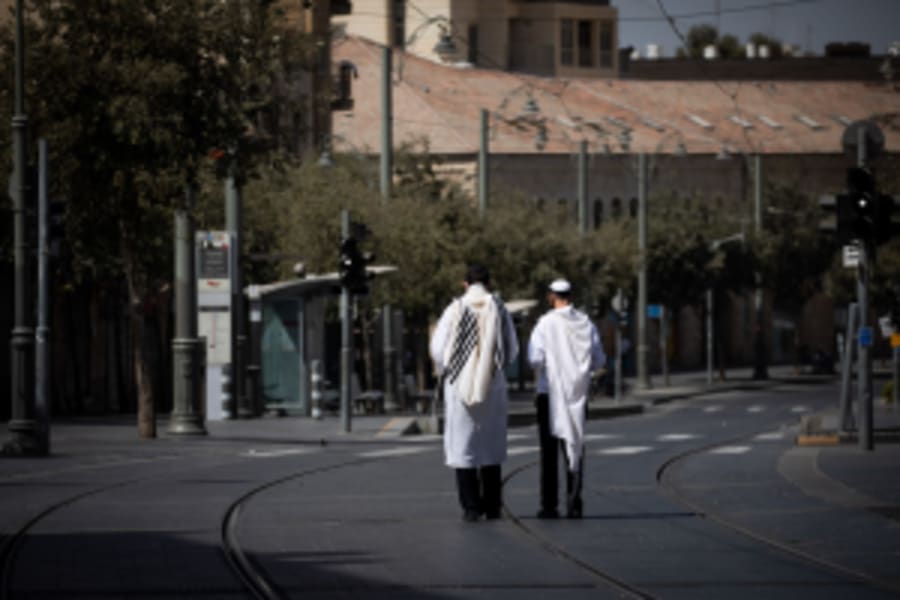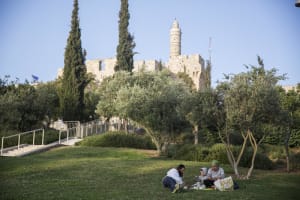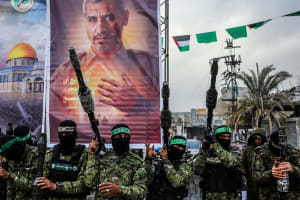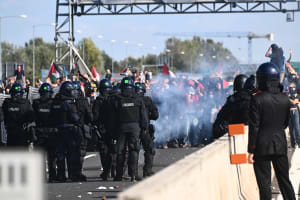1,450 Syrian Alawites were killed by gov’t forces & Islamist groups in violent attacks last March – report
Report suggests violence began as pro-Assadist uprising, gov't response spun out of control

Three months after reports of the killing of hundreds of civilians in Syria’s Alawite coastal areas shook the world, a new, comprehensive report by Reuters revealed that almost 1,500 civilians were murdered by a variety of groups – including some under the command of the new Syrian government.
According to new Syrian President Ahmed al-Sharaa (the former wanted terrorist, Abu Mohammed al-Jolani) the violence began when pro-Assadist militias attacked the new government’s forces in the area, purportedly killing about 200 of them over several days.
In the aftermath of the killings, several Sunni Islamist militias that had just recently joined the official security forces were sanctioned by the EU for their part in the violence, and reports suggested that the main culprits were several of the extremist groups that hadn’t been enlisted by the state yet.
Syria’s Alawite communities painstakingly assembled lists of the dead in the March 7-9 security operation across the coastal region. Most were men, but women, children and the elderly were also targeted https://t.co/nrRMERaxPu @specialreports @mokhbersahafi pic.twitter.com/HVXE02UAJC
— Reuters (@Reuters) June 30, 2025
However, Reuters found that at least a dozen factions under the command of the government, including some made up of foreign fighters, took an active part in the killings of civilians on March 7-9.
The report also suggests that the government’s claims of a pro-Assad insurgency are at least partly true.
The new government is still dominated by former members of al-Sharaa’s Hay’at Tahrir al-Sham (HTS), a coalition of moderate-to-extremist Islamist militias that controlled the city of Idlib in northern Syria until it captured Damascus in December 2024.
The violence seemingly began as an uprising that was supported by some young men among the disaffected Alawite community, which had been among the pillars of the former regime and is now widely seen as complicit in its crimes.
However, after several hours of fighting, the new government issued a country-wide call for reinforcements to defeat the uprising of “remnants,” or “fuloul,” of the old regime.
Across the country, mosques blasted calls for jihad against the Alawites, who are not only closely associated with the Assad regime but are also considered infidels by Sunni Islamists.
The coastal regions were then flooded by a variety of armed groups, as well as civilians, who went on to massacre, torture and expel Alawite civilians while looting their towns.
While the report didn’t reveal evidence of explicit, direct orders from the government to kill civilians, at a minimum, the lack of control over its own troops enabled the carnage that followed.
“Deploying units known for hostility toward communities they view as adversaries, and with a track record of abuse, led to predictable outcomes,” Nanar Hawach, a senior analyst at the International Crisis Group, told Reuters.
The report also cited eyewitness testimony suggesting that the government’s orders were not clear, as different groups nominally under the government’s control shot at each other, with some trying to protect civilians while others were busy massacring them.
Some villages were overrun by several of these groups at different times over a span of several days.
Entire families were eradicated as some of the attackers went house to house, carrying lists with the names of families purportedly known as Assad sympathizers, or former members of Assad militias who had received amnesties.
Similarly to the atrocities committed by their fellow Islamists in Hamas, some of the attackers proudly filmed themselves humiliating, mutilating and murdering their victims.
Units implicated in the massacres of civilians include not just militias that joined the government after it took over, but also units that had been part of HTS’s core security services during its rule over Idlib.
In addition, Reuters found that factions of the Turkish-backed Syrian National Army, the country’s second-largest opposition coalition, which has faced numerous claims of severe human rights abuses, also took part.
Other groups that joined in the massacres included extremist Sunni groups that weren’t aligned with HTS, Sunni civilians engaged in revenge killings, and some of the remaining groups of Islamist fighters recruited across the Muslim world, mainly Turkmens, Uzbeks, Chechens, and Arabs.
Following the attacks, which were mainly committed over the span of three days, many Alawites across the coastal areas fled their homes. Thousands camped out at the Russian Khmeimim airbase, and only slowly returned home in fear of further attacks.
Reuters cited reports by the Syria Observatory for Human Rights that 20 Alawites were gunned down in the Latakia and Hama regions between May 10 and June 4.
Syria’s government claimed that dozens of suspected attackers implicated in the killings had been arrested, after al-Sharaa promised to bring justice to the perpetrators.
However, none of them have been charged yet.
A committee set up by order of al-Sharaa and tasked with investigating the violence and setting up “civil peace” mediations is expected to present findings in two weeks.
Counting the dead through locally created victim lists from community leaders and families that were cross-checked with witnesses from the respective villages, Reuters found that 1,479 Syrian Alawites were killed, with dozens missing, at 40 distinct sites.

The All Israel News Staff is a team of journalists in Israel.
You might also like to read this:
















